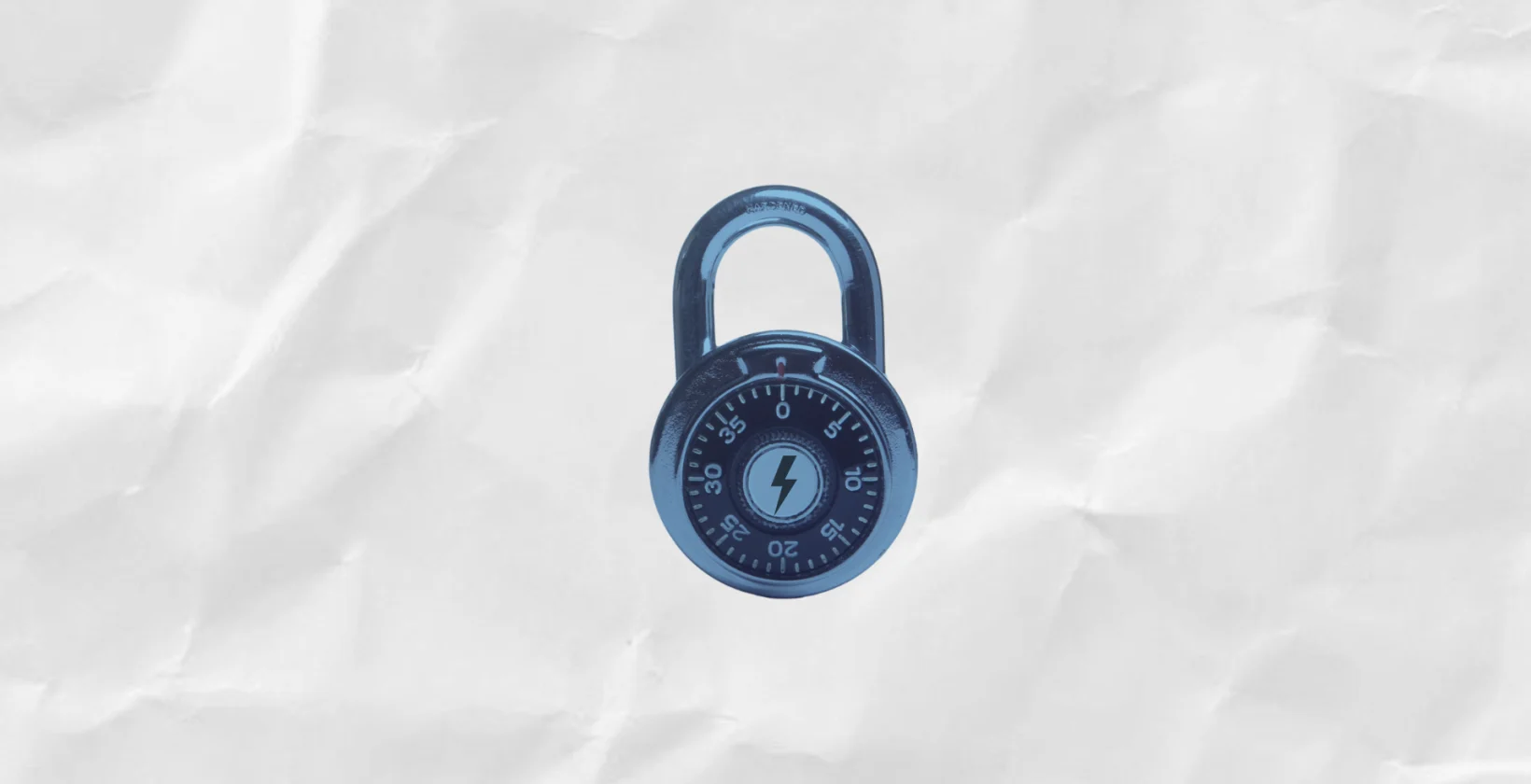Most individuals spend a majority of their lives inside buildings. Yet buildings are often overlooked as important levers for influencing our safety, health, and economic and environmental quality of life. Energy codes — which set energy efficiency standards in buildings — can help reduce energy waste, lower energy bills, and are key to helping Hawai‘i achieve its ambitious climate goals.
But, what are energy codes and why do they matter?

What are energy codes?
The International Energy Conservation Code (IECC), or “energy codes” for short, establishes the minimum energy efficiency standards for new and renovated buildings. The code regulates building operations like lighting, heating and cooling, ventilation, and moisture management.
The International Code Council produces an updated version of the IECC every three years through a deliberate and democratic process, and states across the country use these national model codes as a starting point for adopting state-specific versions based on their unique characteristics and climates.
Hawai‘i is currently operating according to the 2018 IECC energy code, with local amendments such as an additional requirement in the City & County of Honolulu that calls for 25% of parking stalls for new residential and commercial construction be built as electric vehicle charger-ready.¹ In this way, Honolulu goes beyond the national model code to expand access to clean transportation for O‘ahu’s residents and ensure that new buildings are preparing for the transition to electric vehicles.
What are the benefits?
Buildings use a lot of energy – accounting for 40% of the US’s total energy consumption, and 80% of a building’s energy use is governed by energy codes.² Keeping up to date with new and improved codes elevates a building’s efficiency, reducing both energy costs and carbon emissions that are fueling the climate crisis.
Hawai‘i residents pay the highest electricity rates in the nation. Energy efficiency improvements —like initiatives contained in up-to-date local energy codes— are an accessible, affordable, and equitable way to lower electricity bills for Hawai‘i’s families and businesses.
With the adoption of the most recent IECC energy code, Hawai‘i would reduce statewide energy consumption by 16.8% compared to the previous energy code, equating to $870 of annual energy bill savings for the average Hawai‘i household.³
Beyond cost savings, energy codes can increase grid reliability and energy security by lessening our peak energy demand and reducing our reliance on imported energy sources. As we transition to a 100% clean energy future, reducing energy demand through energy efficient buildings also results in fewer renewables required to power the grid, as well as less land use needed for clean energy infrastructure. Moreover, energy codes can create a more comfortable living and working environment by improving building ventilation and indoor air quality.
Why is it important to keep energy codes updated?
An updated energy code ensures that new technologies, materials and methods, as well as better approaches to health and safety, can be incorporated into the next generation of buildings with sufficient time for proof of performance.
In Hawai‘i, the most recent version adopted by the state was the 2018 IECC (now six years old). Before that, it took nine years to move from the 2006 IECC to the 2015 version. There has been a significant lag in modernizing the energy code here in the islands.

This past legislative session, there were five bills introduced that were seeking to further delay the adoption of modern energy codes in Hawai‘i from three to every six years. Hawai‘i is already behind on energy code adoption, and further delaying would leave significant energy savings and emissions reductions on the table. Blue Planet, along with other advocates, opposed these bad bills as they were introduced and moved through the legislative process, and fortunately, all five bills died this legislative session.
Energy codes may seem insignificant, but it’s one of the lowest-cost ways to cut high electricity bills for Hawai‘i’s residents and businesses, and is a key strategy to addressing climate change. An investment in energy-efficient buildings is an investment in human and climate health that will pay dividends now and far into the future!
_______
- Getting Your Building Ready for Electric Vehicles Ordinance 23-25 Compliance Guide, The City and County of Honolulu, December 2023: https://static1.squarespace.com/static/5e3885654a153a6ef84e6c9c/t/656e44119fc35f3b8ff5d7cb/1701725202429/EV+Ready+-+Ord.+23-25+Compliance+Guide.pdf
- Why Building Energy Codes?, US Department of Energy Office of Energy Efficiency and Renewable Energy: https://www.energycodes.gov/why-building-energy-codes
- Cost-Effectiveness of the 2021 IECC for Residential Buildings in Hawaii, The Pacific Northwest National Laboratory, prepared for U.S. Department of Energy, July 2021, https://www.energycodes.gov/sites/default/files/2021-07/HawaiiResidentialCostEffectiveness_2021_0.pdf
